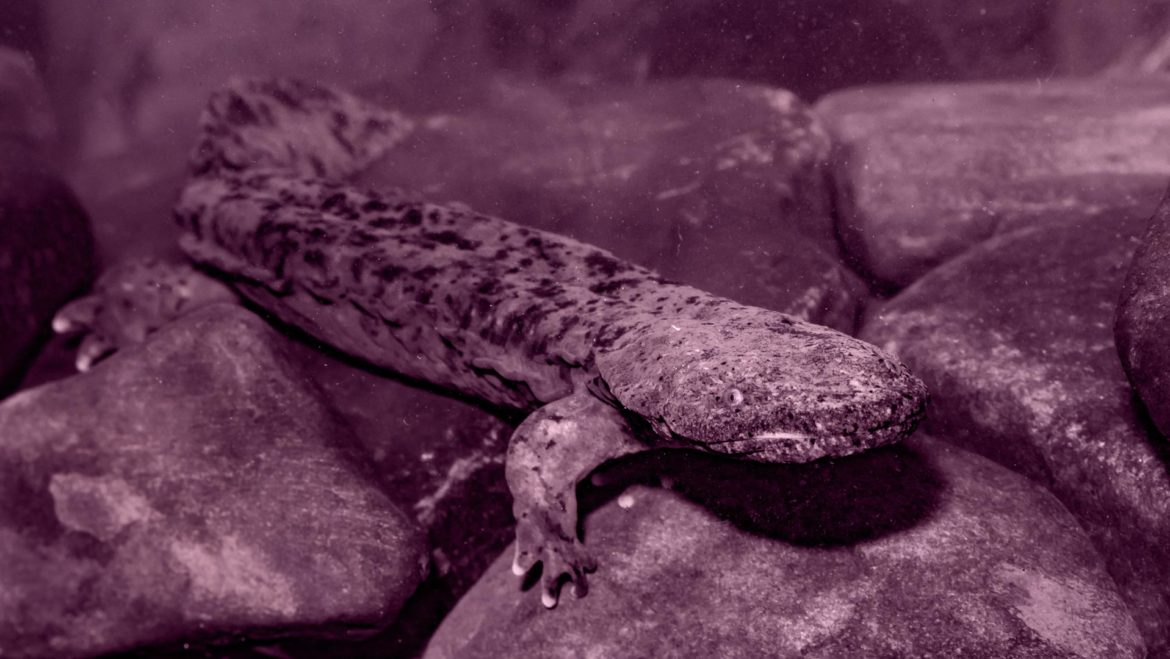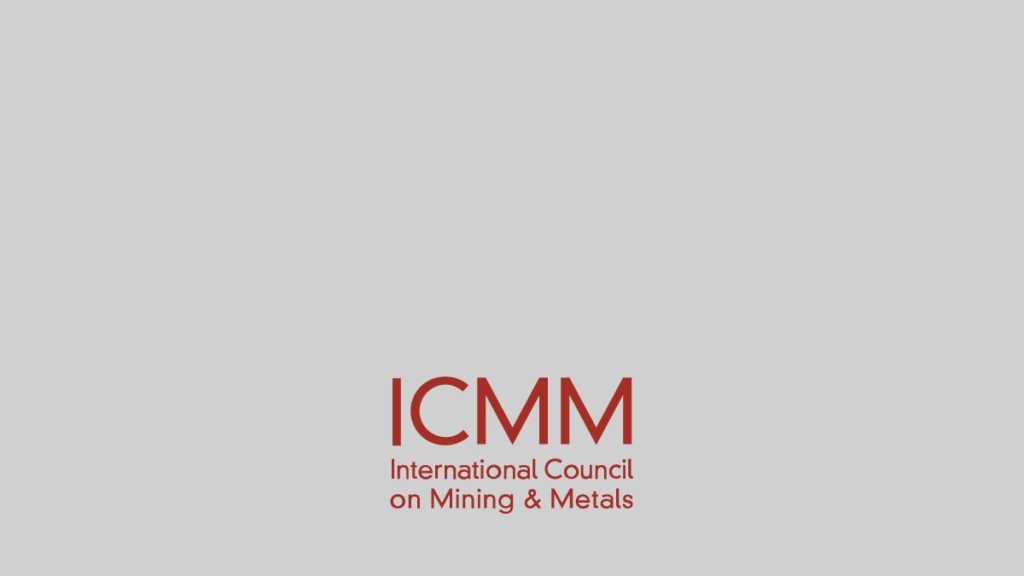
Tool 9 – Mitigation and Rehabilitation
Tool 9 helps companies define and distinguish between biodiversity mitigation and rehabilitation. It considers mitigation measures, rehabilitation planning and implementation, and biodiversity offsets.
Step Guide
STEP
1
STEP
2
Go through each section of the checklist up to, and including, Biodiversity offsets (see section 7.4)
STEP
3
Refer to pages 91-100 for a greater understanding of the different issues
STEP
4
Read the case studies to understand practical application of the steps
Differences between mitigation and rehabilitation measures
Mitigation (p91)– involves selecting and implementing measures to protect biodiversity, the users of biodiversity and other affected stakeholders from potentially adverse impacts as a result of mining.
Rehabilitation (p93) – refers to measures that are undertaken to return mined land to agreed post-closure uses. It recognises impacts on biodiversity have occurred.
Effective site preparation includes:
- Soil and waste characterisation
- Selective handling of materials
- Construction of stable landforms
- Topsoil handling
- Ripping, fertilising and soil amendment
Offsets
Offsets (p100):
An offset is where permanent destruction of an ecosystem is unavoidable. It may involve funding the protection of a local nature conservation area or the purchase of an equivalent area of land for protection. It is worth acknowledging offsets can attract controversy.
Top Tips:
Remember that good rehabilitation monitoring programs have four components:
- Baseline and ongoing monitoring of unmined reference areas to define the values that need to be protected or replaced
- Documentation of rehabilitation procedures carried out
- Initial establishment monitoring – this serves as a quality control step
- Long-term monitoring, which commences two to three years later
Figure 7.1 (p92) demonstrates the hierarchy of biodiversity mitigation measures
Community, Economics, Environment, Ethical Business, Management, Rehabilitation
Involving Traditional Owners in Seed Collecting and Rehabilitation Programs – GEMCO Manganese Mine, Australia
Partnering with Indigenous Peoples to achieve successful rehabilitation
Community, Economics, Environment, Ethical Business, Management, Rehabilitation
Topsoil Handling to Establish Botanical Diversity – Alcoa World Alumina Australia
How conservation of the soil seed bank enhances the botanical diversity of post-mining vegetation
Community, Economics, Environment, Ethical Business, Management, Rehabilitation
Long-Term Monitoring of Ecosystem Development – Richards Bay Minerals, South Africa
Rehabilitation programmes provide valuable feedback for mine-closure implementation
Further Reading:
- Look at tool 5 for information on impact identification and assessment
- Look at tool 4 for guidance on rehabilitation plans
- Look at tool 3 for information regarding ancillary infrastructure, particularly with regard to weed control programs
- Rio Tinto and Earthwatch Institute’s Review of Biodiversity Conservation Performance Measures
- The ICMM’s – A Briefing Paper for the Mining Industry (2005) provides detailed information regarding offsets

